What's New In Robotics This Week - Mar 25
Posted on Mar 25, 2016 7:00 AM. 7 min read time
Miniaturized Sibling of OTTO Material Handling Robot Joins Clearpath Fleet (IEEE Spectrum)
Clearpath Robotics has released a stunning new self-driving robot, specially designed to transport pallets containing items up to 100 kg in weight at speeds of up to 4.5 miles per hour in industrial environments and warehouses.
The "OTTO 100" is a compact version of Clearpath's "OTTO 1500" robot which can carry up to 1500 kg (and sometimes uses Robotiq Grippers!). The new robot is, as Kevin Ackerman puts it, "smaller, more agile, slightly cuter, and with a 100 kg payload, is just the right size to be your new best friend. If you work in a warehouse, that is." Intralogistic robots provide value to companies by maximizing throughput, reducing labor costs, and minimizing capital expenses.
OTTO 100 is smart enough and flexible enough to avoid obstacles on its own, plan new routes when necessary, and make sure to keep from smushing the humans that it works with. You can equip it with a lift, bin carrier, or a cart, and as you add more units, it’ll easily scale within Clearpath’s existing fleet management system.
Clearpath Robotics CEO, Matt Rendall, sat down with Ackerman for this Q&A about the new robot and other work at the company, so this article is well worth a read.
Also if you're attending the MODEX supply chain show that's taking place April 4-7 in Atlanta, Ga. keep an eye out for OTTO because the robot is scheduled make its first public appearance at this event.
US Economy: Auto Sector Buys Every Second Industrial Robot (PR Newswire)
One fourth of these units is installed by car makers - the greatest demand is, by far and away found in the supply industry. The drive towards automation has been running at full pelt for five years now. This is enabling car manufacturers and suppliers in the US to supply the world's largest domestic market and to produce the greatest number of cars and light commercial vehicles after China. The USA is witnessing very intense investment in the technical renewal of its domestic manufacturing, aimed at improving competitiveness and partly at regaining capacities from abroad.
Japan’s demographic crisis drives development of ‘caring’ machines (The Irish Times)
According to this interesting feature article a growing numbers of elderly people, a resistance to large scale immigration, plus other factors have created a perfect storm for certain classes of robots to thrive in Japan (eldercare and personal companion robots, come to mind). The following section regarding the question of human labor replacement is worth quoting in full as it highlights growing recognition of the importance of cobots in our robotic future:
Predictions of an enormous robotics impact on labour markets have been “made repeatedly for decades and we have yet to see something big happen in a very short timespan,” says Dr Kate Darling, research specialist at the MIT Media Lab in the US. Gradual, incremental development is much more likely, she forecasts.
“Current technology is not close to being able to replace humans. Tasks as simple as opening a door are still very hard for robots, and the biggest challenge that we’re nowhere near being able to solve is robots that can adapt to unexpected situations. Robots can’t deal with things outside of very limited parameters.”
Within those parameters, she says, they can be great tools; it is not hard to imagine autonomous cars, for example, replacing human drivers. But service and welfare jobs often require adaptability and skills “that we are not on the verge of seeing in robots,” says Darling. “What I can predict is that we will enter into a long phase where robots supplement human workers.”
Europe Bets on Robots to Help Care for Seniors (Bloomberg)
Meanwhile in Europe, researchers have concluded the world’s largest real life trial of robot aides for the elderly. The four year project, which was assisted by the European Union called: "Robot-Era" involved 160 seniors in Sweden and Italy.
Retiree Maurizio Feraboli taps a grocery list into a tablet and sends wheeled robots to retrieve food from a store near his apartment outside Pisa, Italy. His neighbor Wanda Mascitelli directs robots to grab the trash from her kitchen and drop it into a dumpster on her street. A robot also warns Mascitelli about a possible gas leak and later brings her a glass of water and a bottle of vitamins.
Following successful completion of the trial, the team behind the companion robot, which was developed as part the project, has set up a company to commercialize the technology. They expect to start selling their robot as early as next year.
A Brief History of Robot Law (The Atlantic)
Fascinating article (based on a recent paper from Ryan Calo, one of the United States' leading experts in the area of robot law), which highlights some of the legal issues likely to arise from future robotic systems.
So far, courts have mostly treated robots as mindless machines and held humans responsible for their actions. What’s changing now, Calo says, is that robots are becoming more capable of acting and thinking for themselves. “What’s exciting about robotics today, in part, is that they’re able to solve problems in ways people wouldn’t, and that’s not something courts have encountered or even imagined,” he says.
Autonomous systems and those that show emergent behaviors are particularly important here, as these devices will create complex problems around notions of intent and liability.
This drone can paint your house better than you can (TechInsider)
Apellix flies a quad-copter connected to a base station and paint materials via an umbilical cord and tether. The small drone can then paint evenly on a surface, opening a large opportunity for industrial painting of skyscrapers or ships in dry dock — which normally requires about four days and 30 people setting up scaffolding before they get started.Currently, the Worker Bee is a pre-production model that can only paint small buildings up to three stories, Dahlstrom told Tech Insider. But now that the drone has a patent pending, he said, the company has emerged out of stealth mode and plans to offer it as a "platform as a service," where clients can rent the drone for about $25 an hour.
And Finally...
Crazy-eyed robot wants a family -- and to destroy all humans (c|net)
Meet Liam (a robot designed to recycle iPhone parts)
Why Google Wants To Sell Its Robots - Reality Is Hard (Bloomberg)
Why Making Robots Is Still Hard (Robohub)
How Governments Can Promote Automated Driving (SSRN)
Drones much more than toys for farmers (Financial Review)


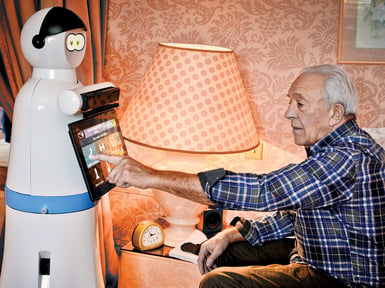

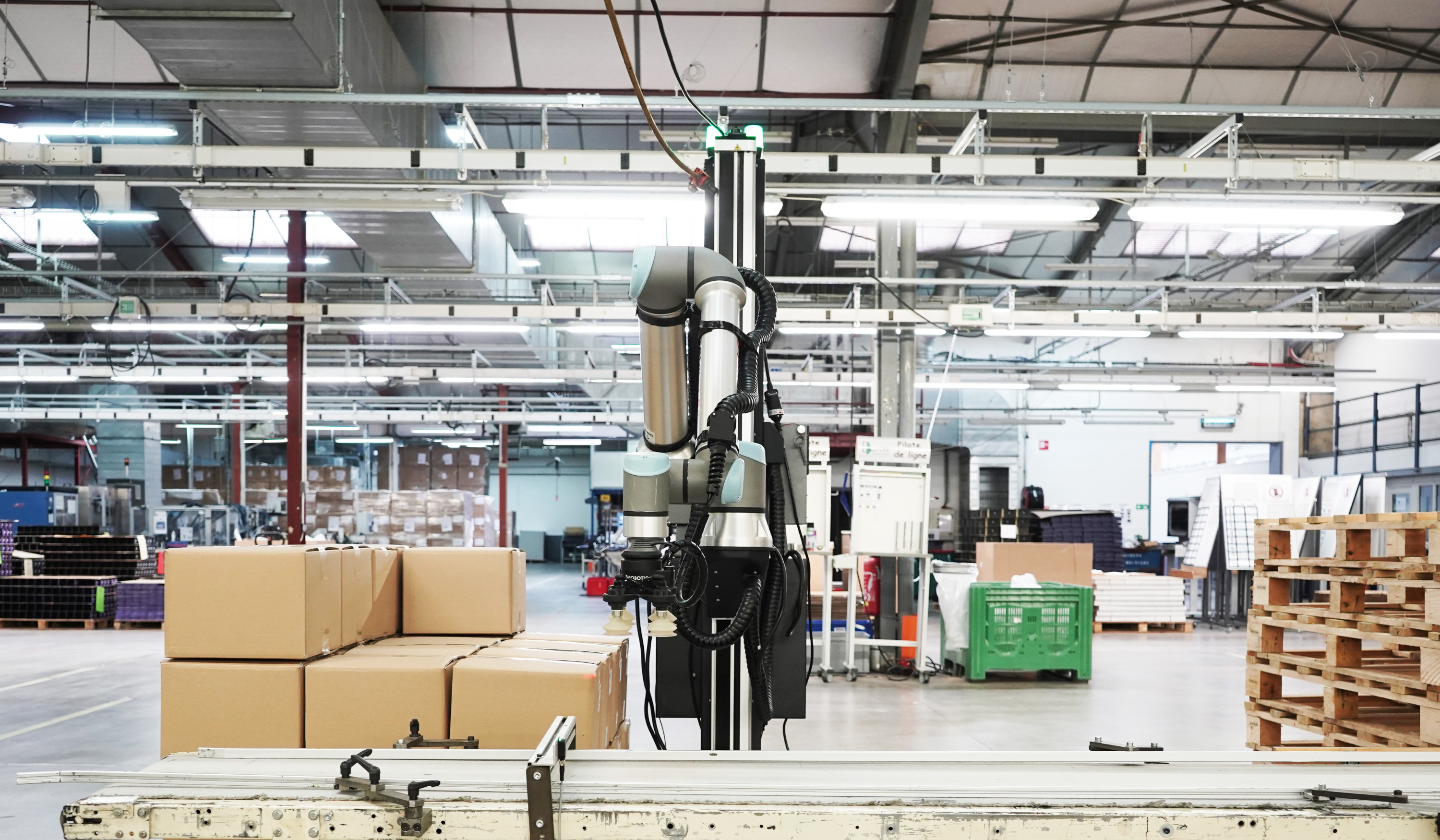

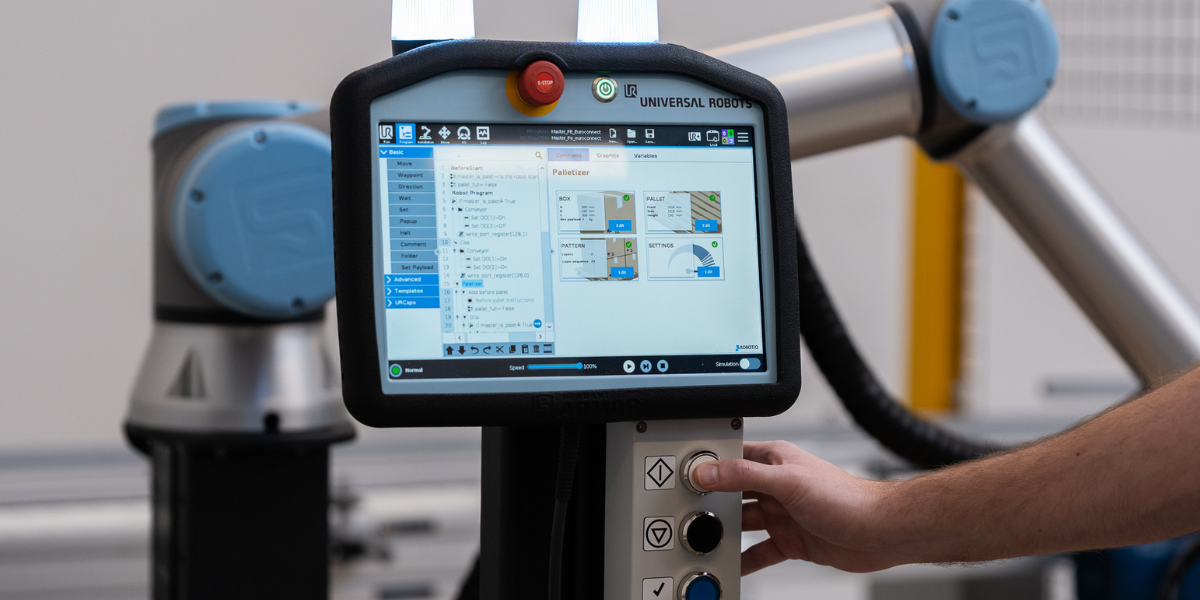

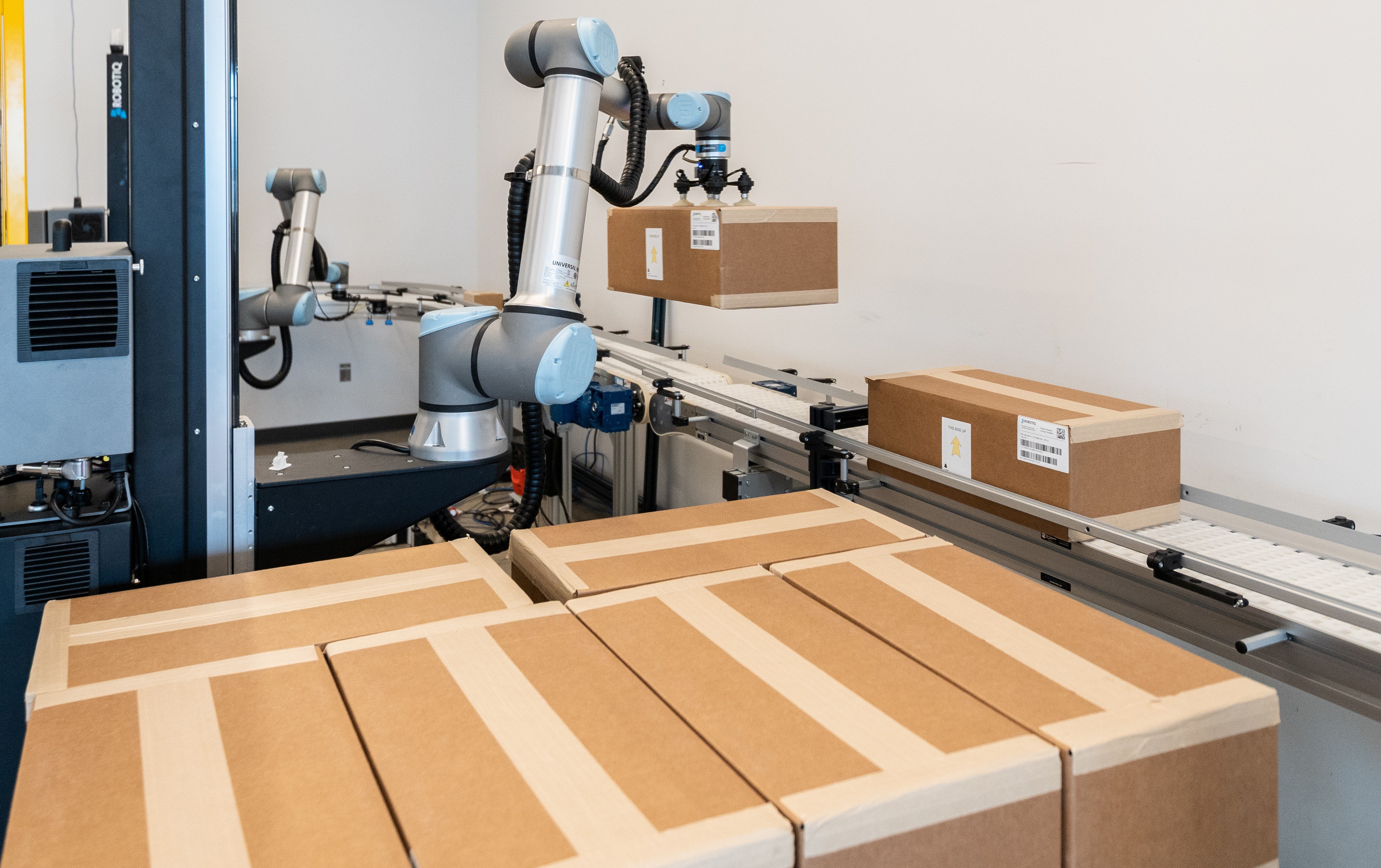

Leave a comment